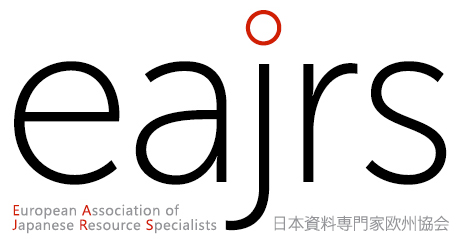Historical Documents Related to the Teaching and Learning of Early Modern Domains (2023)
In the 1970s, Ronald Dore's publications brought attention to the educational heritage of early modern Japan, both inside and outside of Japan. Education began with terakoya for elementary education followed by private schools (shijuku) and the domain schools (hankō), and it was during this period that Confucianism, as a foreign ideology, was widely incorporated into education. In response to the spread of education, Confucian scholars were recruited by each domain, and they also played a role in introducing learning and culture of Edo, Kyoto, and Osaka to regional cities.
At the 2013 Paris Conference, I introduced the historical materials of the Matano family, which was inherited by five generations of Confucian scholars in the Tatsuno domain in present-day Hyogo Prefecture. I would like to introduce the historical materials that could not be introduced at that time. I also would like to introduce the historical materials related to the Tottori and Okayama domains schools, as well as the preservation status of historical materials related to education in modern Shiga.
